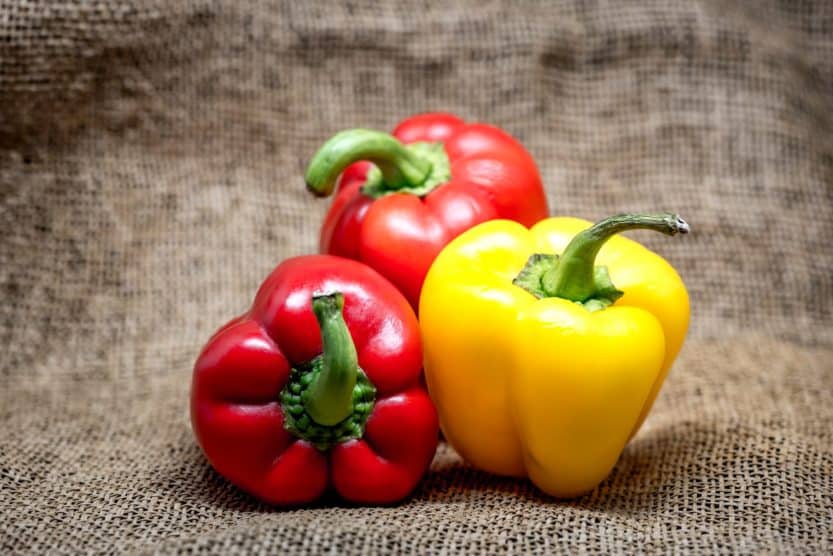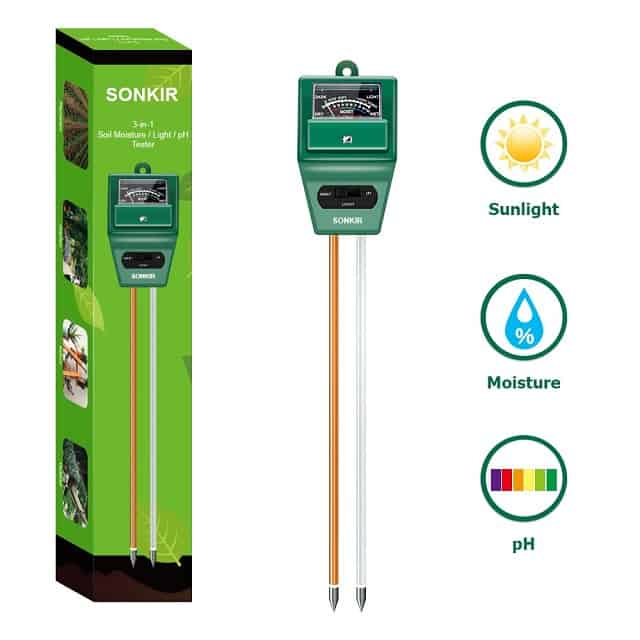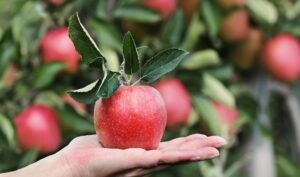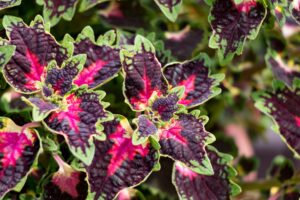Whether you like sweet or spicy peppers, we have you covered. All peppers are a good source of vitamin C and folate, while red bell peppers are an excellent source of vitamin A. In some cases, pepper plants can even be used as a decorative ornamental.
Buy Pepper Seeds Online
Types of Peppers to Grow
The two main types of peppers are spicy and sweet. Spicy peppers are generally used as a flavoring and are obviously not eaten in large quantities. While sweet peppers can be used in a whole host of dishes, from salads to pizza toppings.
Both sweet and spicy peppers come in a large range of colors, such as: red, green, yellow and purple, with many shades in between. Peppers also come in a wide range of sizes, from finger-like fruits all the way up to large, classic bell peppers.
Small Peppers for Cooler Climates
When choosing a variety, color and flavor are a personal choice; but, in some cases, smaller peppers might mature faster. A faster-maturing variety might help those in cooler climates achieve a good harvest within a limited growing window.
When Do You Plant Bell Peppers?
Peppers hail from the tropical climate of Central America and they need a very warm climate to thrive. Pepper seeds germinate at a soil temperature of at least 55 degrees Fahrenheit (12.8 C). In cooler climates, it’s a good idea to start the pepper seeds indoors, about 4 to 8 weeks before the last frost in your area.
Pepper Seed Germination Time
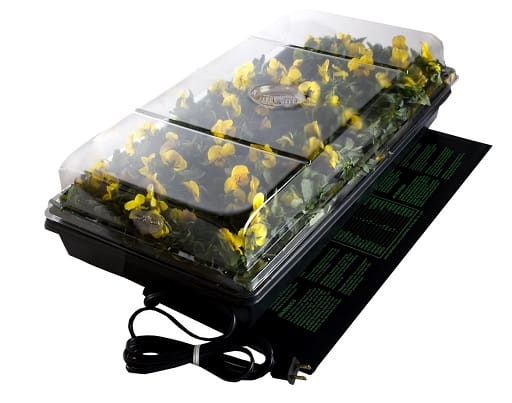
Pepper seeds are notorious for slow germination, so if you want to speed things up, start the seeds in a heated seed tray (Buy Online) at a temperature of 80 degrees Fahrenheit (26.7 C). Allow the pepper seedlings to grow at least 4 inches (10 cm) tall. Then, once all danger of frost has passed, set the plants in the sun every day, to harden them off, before planting them in the garden.
Planting Bell Peppers
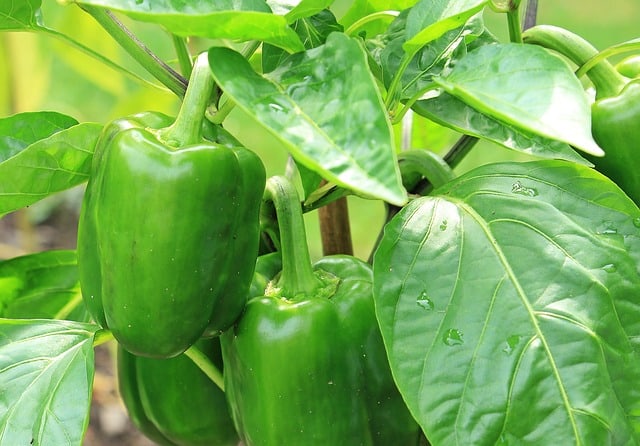
Do Peppers Need Full Sun
When selecting a planting site for peppers, be absolutely sure the location has full sun at all times of the day. If you can find a spot that retains more heat than other areas in your garden, then this would be an optimal place to locate your peppers.
Pepper Soil pH
The soil for peppers should have good drainage, with good fertility, and have a pH of 6.0 to 6.8.
Pepper Plant Soil
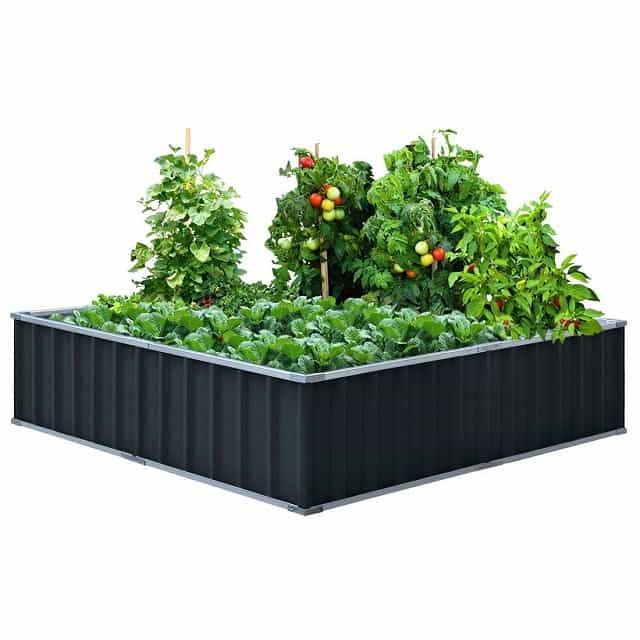
If your soil needs some improvement, add compost and any other amendments about two weeks before planting. If your soil tends to stay cool, well into the spring, then you have two options: grow your peppers in a raised bed, or use black plastic mulch. A raised bed (Buy Online) will have a slightly elevated soil temperature and black mulch will heat up your native soil, by transferring more of the sun’s energy into the ground.
Pepper Plant Spacing
Once you settle on the location and have prepared it for planting, you can add your seedlings and or seeds. If you are planting seeds, put them into the soil at a depth of 0.2 inches (0.5 cm) and space them 6 inches (15 cm) apart, thinning them once they germinate. If, on the other hand, you have seedlings to transplant, you should place them at their final spacing of 12 inches (30.5 cm) apart.
Do Pepper Plants Need a Lot of Water?
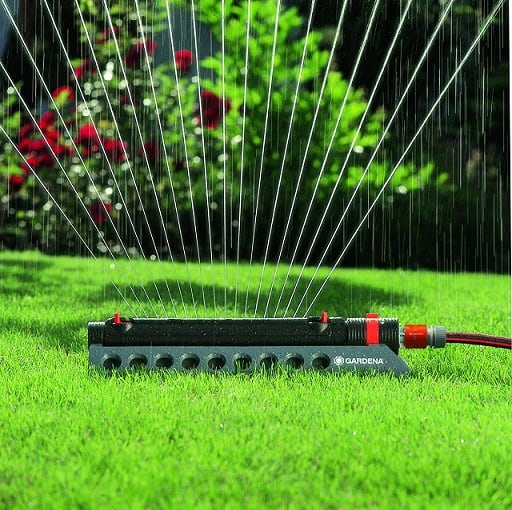
Water your seeds and/or seedlings every day for a week, until they germinate or begin to perk up. Once the plants are established, they will require 1 inch (2.5 cm) of water a week. While your seedlings are still small, make sure you remove any weeds that might sap the young plants of nutrients; and if you used a black plastic mulch, this should not be a problem. Otherwise, hand pull any weeds closer to the plants, while working the soil with a hoe further out from the plant.
As the season progresses, you will notice your peppers do not suffer from high temperatures like other plants in the garden might. This could lead you to water them less since they look healthy, but you should resist this urge, as the fruits will need sufficient moisture to ripen, so be sure to keep the plants well hydrated.
Pepper Plant Care
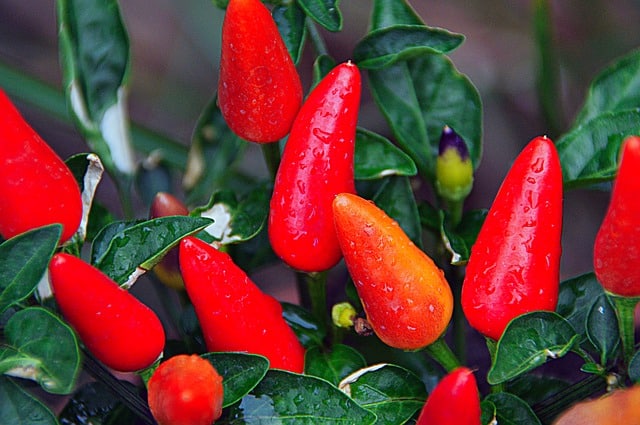
Once the pepper plants have been growing for two weeks, apply a liquid fertilizer. You should continue to fertilize the plants every two weeks.
Do Pepper Plants Need Support?
Once the plants grow to a height of about a 1 foot (30.5 cm), you should consider putting them in tomato cages. Adding a cage at this time will prepare the plants for the heavy load of fruits that will pull down on their branches. If you are growing a smaller variety of pepper, this added support may not be necessary.
Pepper Plant Pests and Diseases
While the pepper plants are maturing, some diseases and pests can affect them, such as flea beetles and verticillium wilt. Flea beetles tend to chew small holes in the leaves, but for the most part, a strong healthy plant will survive the damage, which is mostly cosmetic.
Verticillium wilt can devastate your plants. The best preventative measure against verticillium wilt is to avoid planting peppers where tomatoes or other nightshades have been planted during the prior season.
How Long Does it Take Peppers to Mature?
Peppers usually start to ripen once the plant has been growing for two months. Keep checking the peppers for color changes that indicate ripening. A fruit that is in its optimal picking window will have a deep rich coloration.
Harvesting Pepper Plants
When harvesting the first round of peppers, try to harvest them before they completely ripen, in order to encourage more peppers to grow on the plant.
Once you have found that perfect pepper, use a pair of garden scissors to cut the fruit from the plant. Since peppers tend to cling to the plant, it’s best not to tear them from the stem, in order to avoid causing any damage to the plant.
Make sure to harvest all of your peppers before any frost in your area. If the peppers are exposed to even a light frost, they will begin to rot immediately Peppers will keep in the refrigerator for a few days, but in most cases are best eaten fresh.


